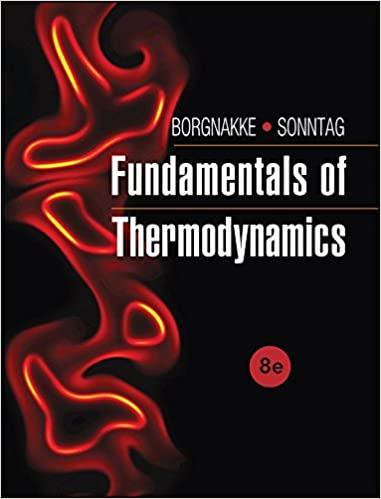Question
Luke is in a class titled Introduction to Artistic Expression, and his final project must be completed in class. He knows that he will be
Luke is in a class titled Introduction to Artistic Expression, and his final project must be completed in class. He knows that he will be given three objects and two boards to work with to create two separate displays. He also know that he must arrange the objects on the boards so they balance on a tiny pedestal. Once completed, one display will be a single object resting on a board balanced on top of a pedestal; the other will be two objects resting on a board balanced.
He does not know precisely what objects you will have to work with, but he decide to do the calculation for balancing the displays before class so that you have more time to think about the artistic presentation. He decides to make two models using a washers for mass and a ruler for the board in order to test where the objects should be placed in order to balance them for each setup. He might use a dimes, pennies stacked or a lego on it's side to create the small pedestal.
EQUIPMENT
A meter stick and a mass set to test out the models.
Warm up
One mass system:
- Draw a picture for the single mass model. Select a coordinate system. Identify and label the quantities that can measure in this problem, such as masses and lengths. The unknown quantity in this problem is the locations of the mass in relation to the balance point.
- On the picture, identify each force on the system. Draw a free-body diagram of the board that includes distances from the balance point for each force. For now, identify an arbitrary balance point for the system. (This is OK, to use the condition of equilibrium to make the correct choice in a bit.)
- Write down an expression for the net torque on the system. What is the net torque when the system is in equilibrium?
- How many unknowns are there in the torque equation? Since we have too many unknowns to solve this equation, we need to add an additional constraint. Make the object mass twice the meter stick mass.
- Solve the equation to find the equilibrium location of the mass.
Two mass system:
- Draw a picture for the two mass system, assuming that there are two different masses involved. Select a coordinate system. Identify and label the quantities you can measure in this problem, such as masses and lengths. The unknown quantities in the problem are the locations of the masses in relation to the balance point.
- On the picture, identify each force on the system. Draw a free-body diagram of the board that includes the distances from the balance point. For now, identify an arbitrary balance point for the system. (This is OK, to use the condition of equilibrium to find how Luke need to correct choice.)
- Write down an expression for the net torque on the system. What is the net torque when the system is in equilibrium?
- How many unknowns are there in the torque equation? Since we have too many unknowns to solve this equation, we need to add additional constraints. For the two mass system, we decide that the masses must be placed equal distances from the middle of the ruler. Also, select the masses so there is a good difference between them. He will need to discuss with group what these constraints will actually be so you can just consider the quantities to be 'known' as solve the system of equations.
- Solve these equations to find the equilibrium location of the two masses.
Prediction
Give a formula for the equilibrium position of each mass balancing on each of the two-meter sticks, in terms of masses and their distances from the balance point. Assume that all the masses are different. Identify the variables that are set by the group and the variable that is being measured
Step by Step Solution
There are 3 Steps involved in it
Step: 1

Get Instant Access to Expert-Tailored Solutions
See step-by-step solutions with expert insights and AI powered tools for academic success
Step: 2

Step: 3

Ace Your Homework with AI
Get the answers you need in no time with our AI-driven, step-by-step assistance
Get Started


